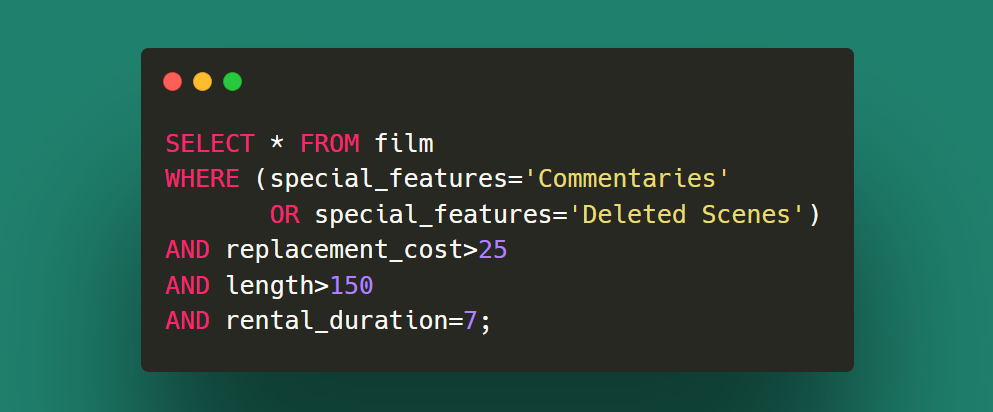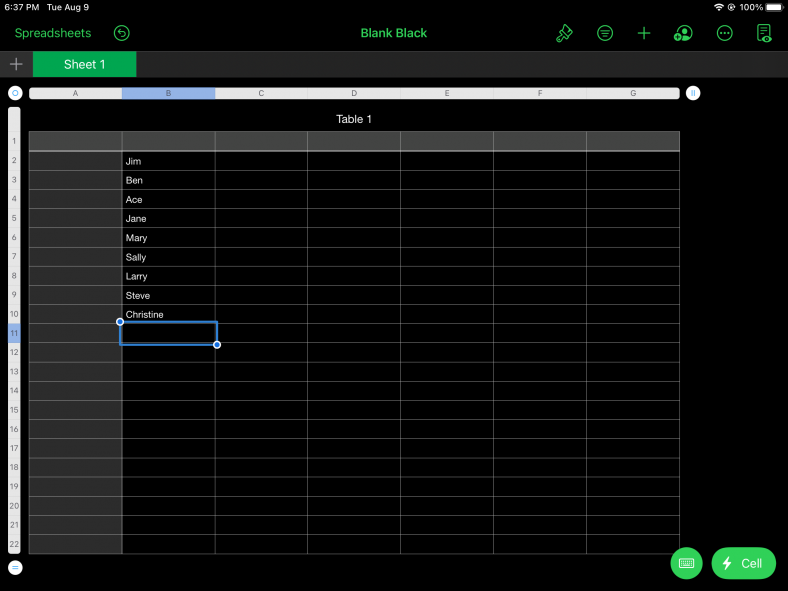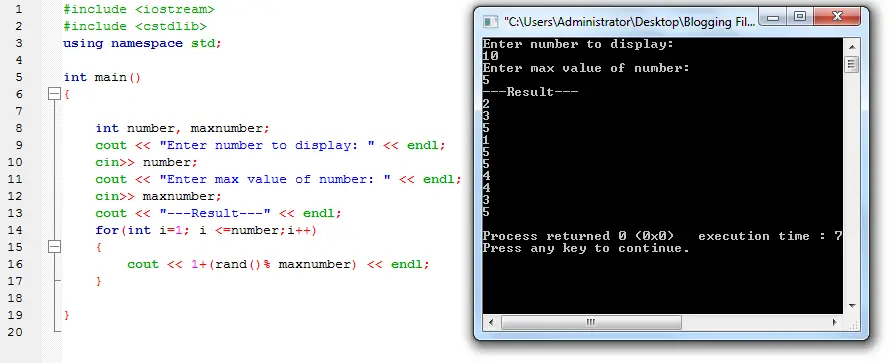
- Chipmunk basic random number how to#
- Chipmunk basic random number manuals#
- Chipmunk basic random number simulator#
Chipmunk basic random number manuals#
For this, you should use official manuals and references. I do explain how BASIC programs work because I think it's important, but I don't even cover all commands and certainly don't dwell into all nuts and bolts of ApppleSoft BASIC. And I am using Applesoft BASIC as a tool to accomplish this goal.
Chipmunk basic random number how to#
In this tutorial I am trying to teach a young person how to start programming. This tutorial is not BASIC or Applesoft BASIC reference or a manual.


Drawing bitmapped letters with DATA elements.Initializing array with arbitrary number of with DATA elements.Combining it all together: Snake game prototype.Detecting which key was pressed: ASCII codes.Displaying large documents using paging.Another computer number format: hexadecimal numbers.More examples with trigonometric functions.Using trigonometric functions to draw a circle.AppleSoft BASIC missing IF-THEN-ELSE construct.IF command and boolean operators AND, OR, NOT.BASIC building blocks: IF, GOTO, FOR.TO commands and BASIC variables.Including the BASIC source code, are copyrighted and cannot be reproduced somewhere else without explicit reference to this page. Please Note: even though I encourage you to try any examples provided in this tutorial, all materials on this page, If you think I missed something that must be explained to a beginner programmer, Several additional subjects are on the way: bitwise operations, animation, double-buffering and 3-D modeling (for advanced learners). For this reason, I discuss subjects common to programming in general, such recursion, binary search, sorting, use of binary and hexadecimal numbers, use of arrays, ASCII codes, random numbers and graphics primitives (not just points and lines, which have native BASIC support). The purpose of this tutorial is not just teaching how to program in BASIC language in particular, but also about programming ideas and concepts in general. The tutorial is split into a number of lessons, each explaining a subject and giving one or more examples. If you discover an error in my examples (except for those few that are specifically marked as having errors) please

All examples given in this tutorial had been tested to make sure they work correctly with this simulator.
Chipmunk basic random number simulator#
A good online simulator of AppleSoft basic can be found here. This tutorial uses AppleSoft BASIC (a version of BASIC which was supplied with Apple II computers). My choice was based on three things: BASIC is simple (easy to understand, even for a 12-year old, and does not require understanding of complex abstract concepts, present in many more modern languages) BASIC is small (has a small command set, which is easy to memorize) at the same time BASIC still does a good job giving a beginner programmer an idea about how programming works.

Here is an excellent article on the subject here I completely agree with. There is a number of opinions about BASIC as first programming language to teach. Some important programming techniques, even if they do not have anyone around to provide tutoring. Programming in BASIC: the absolute beginner tutorialįollow lessons to teach your 12-year old how to start programming - and give them a start with


 0 kommentar(er)
0 kommentar(er)
